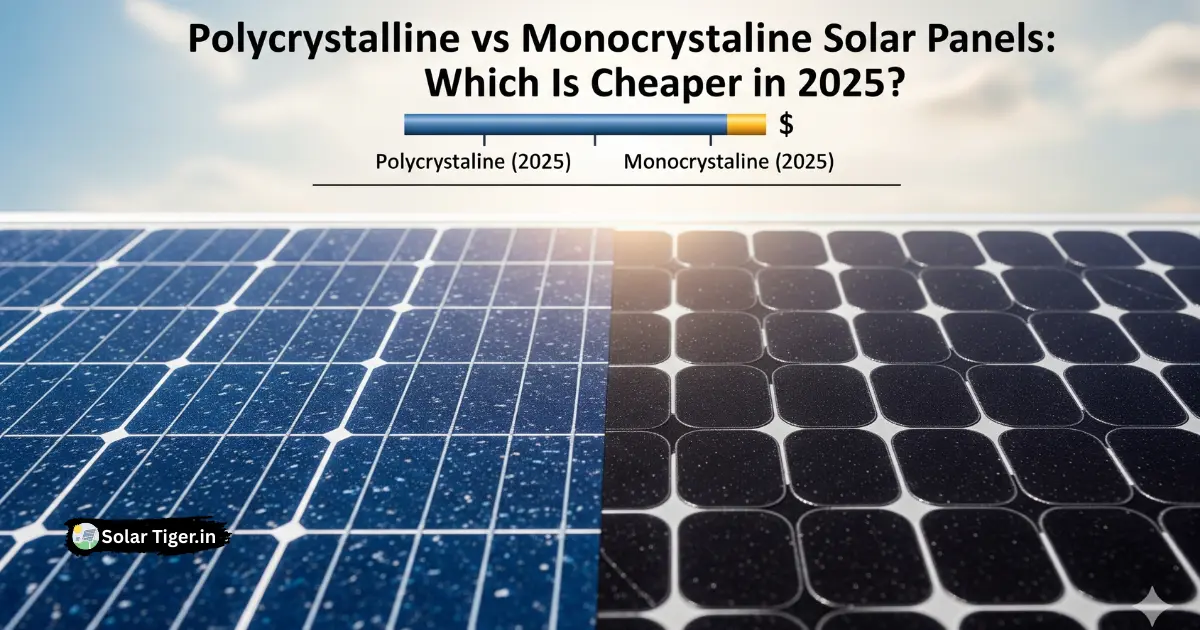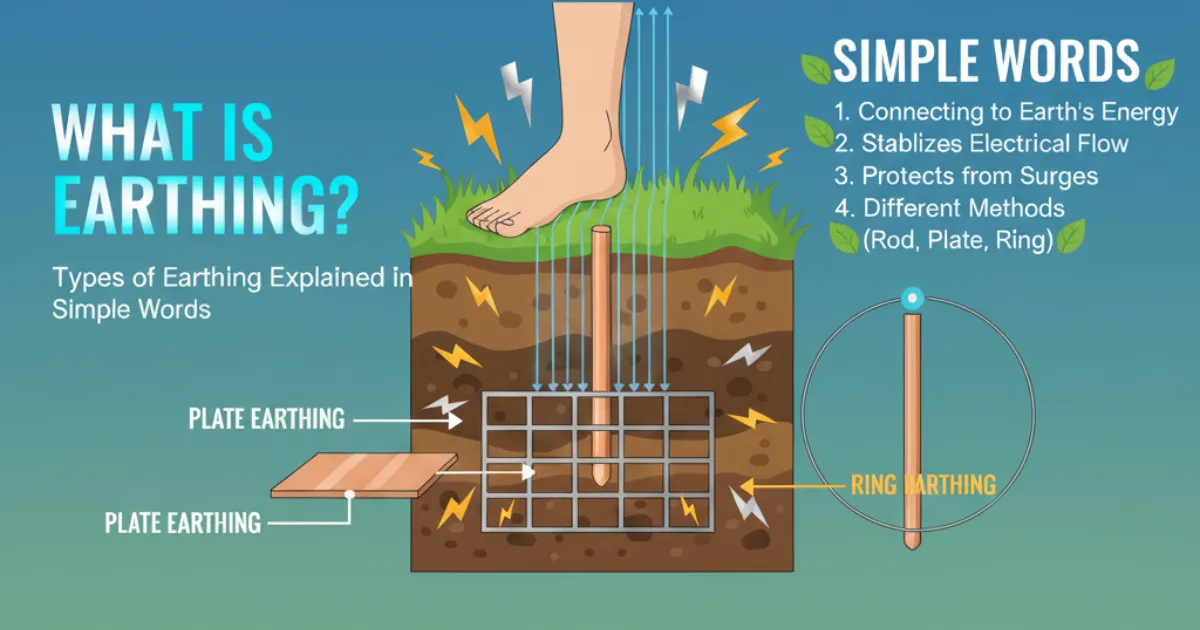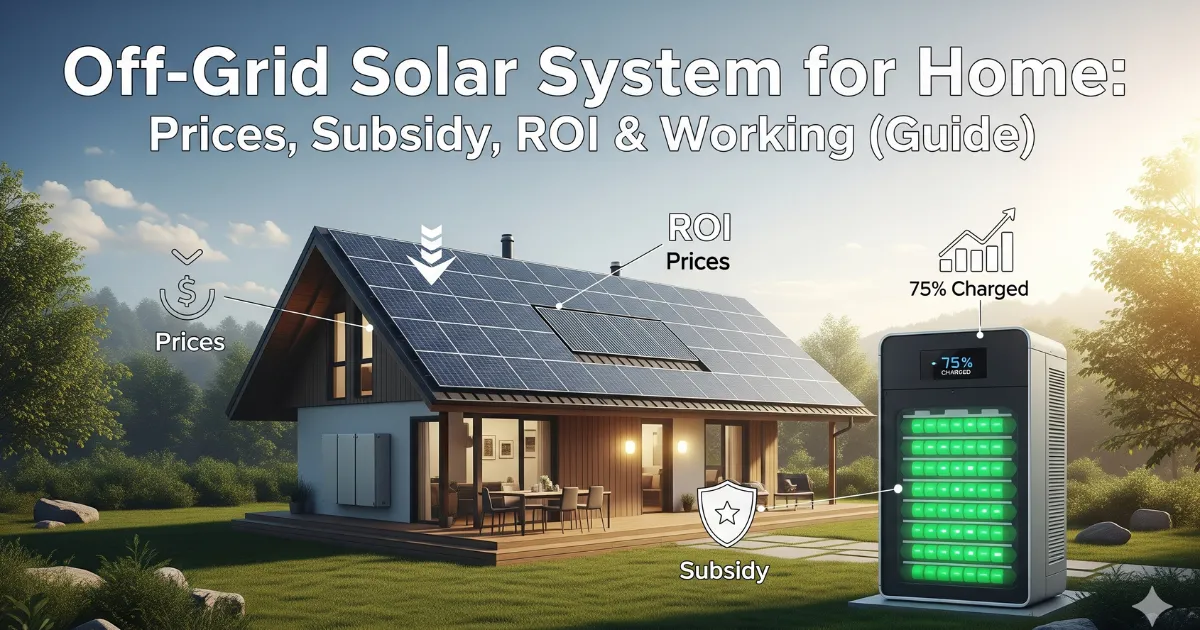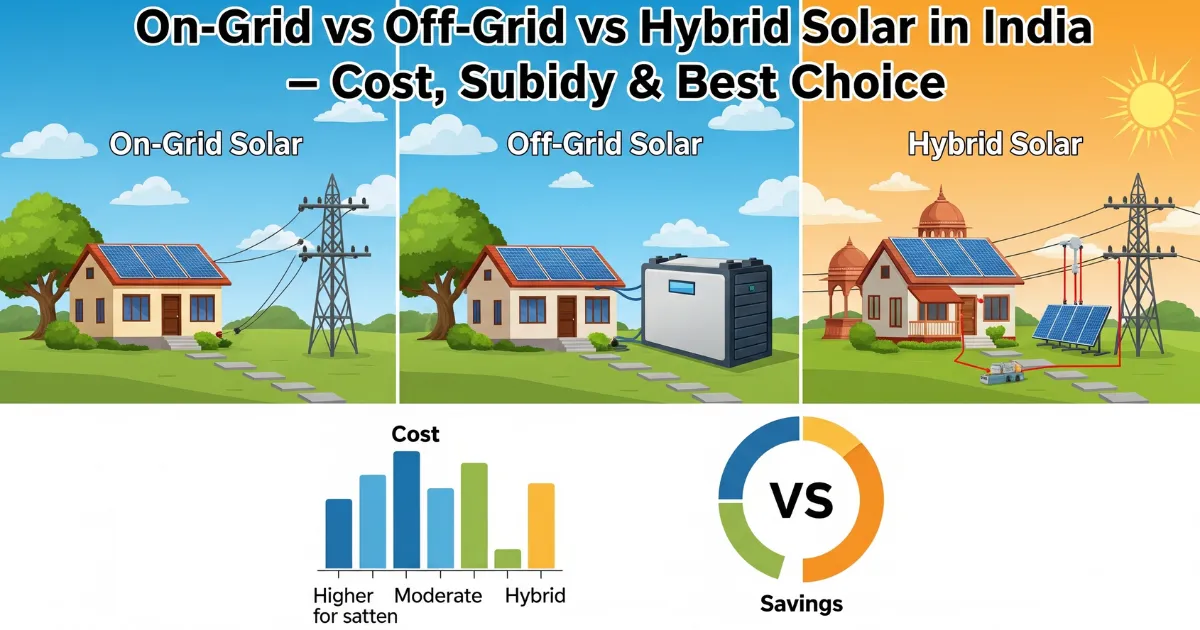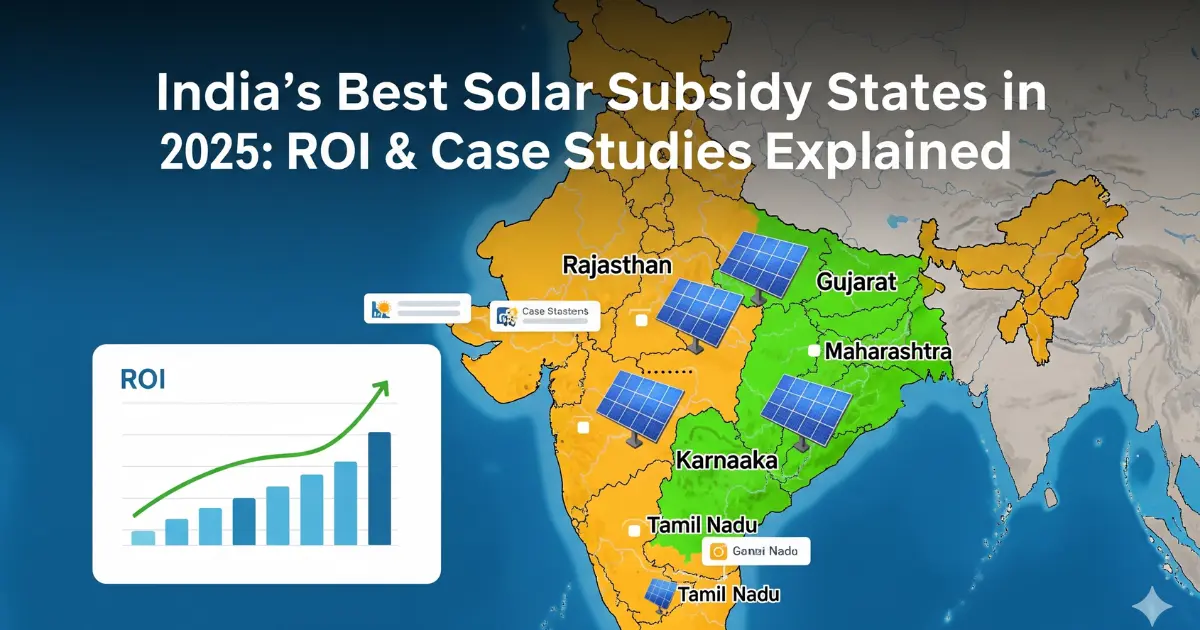Confused between Polycrystalline vs Monocrystalline Solar Panels? If you’re considering solar in 2025, one of the first questions that comes up is Should I go with polycrystalline or monocrystalline solar panels?
Both technologies have come a long way in India. Prices have dropped, efficiency has improved, and government subsidies make solar more affordable than ever. But when comparing monocrystalline vs polycrystalline panels, the choice often comes down to cost, efficiency, and long-term savings.
In this guide, we’ll break down:
- Price difference between polycrystalline and monocrystalline panels in 2025
- Efficiency and performance in real-world Indian conditions
- ROI calculations for both types
- Real-life case studies from Indian households
- FAQs to clear common doubts

Quick Difference: Mono vs Poly Panels
| Feature | Monocrystalline | Polycrystalline |
|---|---|---|
| Material | Made from a single crystal of silicon | Made from multiple silicon fragments |
| Efficiency | Higher (19–22%) | Lower (15–17%) |
| Cost (per watt in 2025) | ₹28–₹34 | ₹22–₹28 |
| Space Requirement | Less (needs smaller rooftop area) | More (needs larger area) |
| Lifespan | 25+ years | 20–25 years |
| Best For | Homes with limited roof space | Homes with larger roof space and lower budget |
Price of Solar Panels in India (2025)
1. Polycrystalline Solar Panels
- Price per watt: ₹22 – ₹28
- Price of a 1kW system: ₹22,000 – ₹28,000
- Price of a 5kW system: ₹1,10,000 – ₹1,40,000
2. Monocrystalline Solar Panels
- Price per watt: ₹28 – ₹34
- Price of a 1kW system: ₹28,000 – ₹34,000
- Price of a 5kW system: ₹1,40,000 – ₹1,70,000
Monocrystalline panels cost 20–25% more than polycrystalline panels in 2025.
Which Type Generates More Power?
- Polycrystalline Panels (15–17% efficiency):
A 5kW poly system generates ~20 units/day. - Monocrystalline Panels (19–22% efficiency):
A 5kW mono system generates ~23–25 units/day.
Over 25 years, monocrystalline panels can generate 10–15% more electricity, which improves ROI despite the higher upfront cost.
Government Subsidy on Solar Panels in India (2025)
The Government of India continues to support rooftop solar adoption under the PM Surya Ghar: Muft Bijli Yojana. Both polycrystalline and monocrystalline solar panels are eligible for subsidies, provided they are installed by an empaneled vendor and connected through the state DISCOM. Visit the National Portal for Rooftop Solar solarrooftop.gov.in for more info.
Subsidy Rates (2025)
As per the latest scheme updates:
- Up to 2 kW: ₹30,000 per kW
- Above 2 kW to 3 kW: ₹18,000 per kW
- Above 3 kW: Flat subsidy of ₹78,000 per household
Example:
- A 3 kW poly system costing ~₹1.5 lakh may get ₹60,000 subsidy, reducing the net cost to ~₹90,000.
- A 5 kW mono system costing ~₹2.2 lakh may get the maximum ₹78,000 subsidy, reducing the net cost to ~₹1.42 lakh.
State-Level Top-Ups
Some states like Gujarat, Delhi, and Maharashtra offer additional subsidies beyond the central scheme. For example:
- Gujarat: Extra ₹10,000–₹20,000 depending on capacity.
- Delhi: 10–20% extra subsidy under the Delhi Solar Policy.
Who Can Apply?
- Only residential households can claim subsidy.
- Commercial & industrial users don’t get central subsidy but can claim benefits like accelerated depreciation and GST input credit.
ROI Comparison (Poly vs Mono)
Let’s take a 5kW system in Delhi as an example:
Polycrystalline System (5kW)
- Cost: ₹1,25,000 (panels only, before subsidy)
- Annual Generation: 7,300 units
- Savings @ ₹8/unit: ₹58,400 per year
- Payback: ~2.5–3 years (with subsidy)
Monocrystalline System (5kW)
- Cost: ₹1,55,000 (panels only, before subsidy)
- Annual Generation: 8,400 units
- Savings @ ₹8/unit: ₹67,200 per year
- Payback: ~2.5–3.5 years (with subsidy)
Result:
- Poly panels = Cheaper upfront, slightly lower efficiency.
- Mono panels = More expensive, but higher generation improves ROI.
Real-Life Case Studies
Case Study 1: Gurgaon Family (Polycrystalline)
- Installed: 3kW Polycrystalline On-Grid System
- Cost: ₹1,80,000 (before subsidy), Net cost after subsidy: ₹1,00,000
- Savings: ₹2,400–2,600/month
- Reason for choice: Larger rooftop available, wanted lower upfront cost.
Verdict: System paid for itself in 3 years, now saving ~₹30,000 per year.
Case Study 2: Bangalore Family (Monocrystalline)
- Installed: 4kW Monocrystalline On-Grid System
- Cost: ₹2,60,000 (before subsidy), Net cost after subsidy: ₹1,50,000
- Savings: ₹4,200–4,500/month
- Reason for choice: Limited rooftop space, needed higher efficiency.
Verdict: Slightly higher investment, but faster ROI thanks to greater electricity generation.
Case Study 3: Pune Housing Society (Mixed Systems)
- Some homes installed Poly panels, others installed Mono panels.
- After 2 years, society found:
- Poly users saved ~₹48,000/year.
- Mono users saved ~₹55,000/year.
Over the long term, monocrystalline offered better ROI, but poly worked well for families with tighter budgets.
Environmental Benefits
Regardless of type, both mono and poly panels:
- Reduce carbon emissions (a 5kW system saves 5 tons of CO₂ annually).
- Save ~₹10–15 lakh in electricity costs over 25 years.
FAQs on Polycrystalline vs Monocrystalline
Which panel is cheaper in 2025?
Which lasts longer?
Which is better for homes with small rooftops?
Do both qualify for government subsidy?
Which is best for India’s hot climate?
Conclusion
In 2025, the cheaper option is still polycrystalline solar panels, but monocrystalline panels are gaining popularity due to better efficiency and long-term ROI.
- If you want lower upfront costs, choose polycrystalline.
- If you want maximum efficiency in limited space, choose monocrystalline.
Either way, thanks to falling prices and government subsidies, solar power in India is more affordable than ever — and both technologies offer excellent savings over 25 years.
